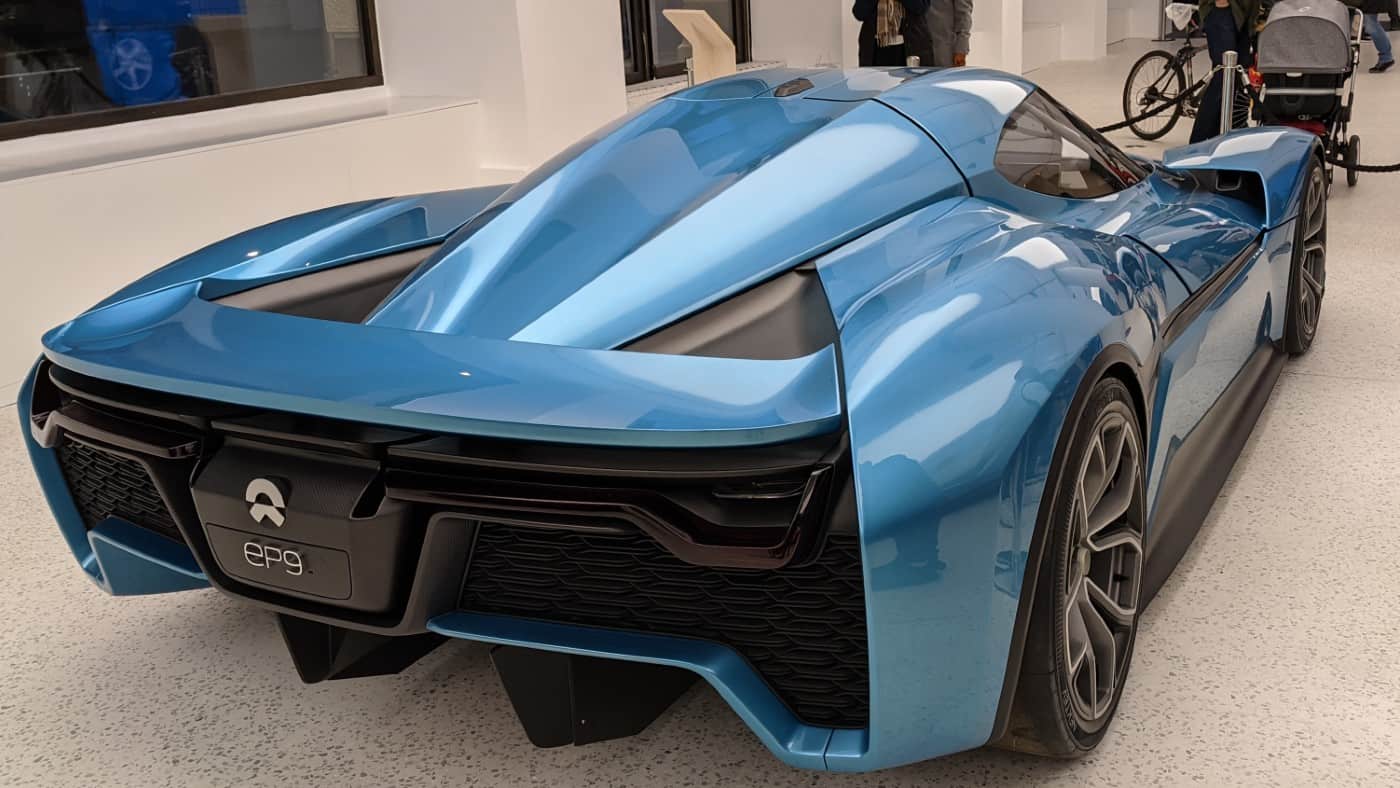The last 12 months have been pretty rough for the NIO (NASDAQ:NIO) share price. Despite the stock exploding by over 1,400% in 2020, more than half of that gain has been wiped out. Is this volatility a sign of trouble ahead? Or is this actually a buying opportunity for my portfolio?
Let’s explore whether the NIO share price can return to its former highs and potentially even climb further over the long term.
Is the NIO share price too cheap?
Despite what the direction of this share price would indicate, NIO remains on track with its growth story. At least, that’s the impression I got when looking at its latest trading and delivery updates. Last year, the electric vehicle company delivered a total of 91,429 cars. That’s 109% higher than 2020 levels, despite ongoing supply chain disruptions and semiconductor chip shortages.
Should you invest £1,000 in Unilever right now?
When investing expert Mark Rogers has a stock tip, it can pay to listen. After all, the flagship Motley Fool Share Advisor newsletter he has run for nearly a decade has provided thousands of paying members with top stock recommendations from the UK and US markets. And right now, Mark thinks there are 6 standout stocks that investors should consider buying. Want to see if Unilever made the list?
This performance seems to have continued into 2022. Looking at the January delivery update, a total of 9,652 vehicles made their way to customers compared to the 7,225 over the same period a year ago — an impressive 33.6% jump.
Providing that this growth remains on track, analyst forecasts are estimating that total revenue for 2022 will come in at around $9.9bn. That’s nearly 300% higher than was reported in 2020, and it places the forward price-to-sales ratio at 3.8.
By comparison, its competitor Tesla currently trades at a forward price-to-sales ratio of 8.8. In other words, NIO is looking relatively cheap. Under the assumption that NIO’s ratio will match Tesla’s in the future, that gives an estimated market capitalisation of $87bn – more than double what it is today. That’s quite an aggressive assumption to make, but in my experience, combining low valuations with high growth is a recipe for enormous wealth generation.
However, there might be a very good reason why the NIO share price is currently trading at low multiples.
The uncertain competitive and regulatory environment
It’s no secret that the electric vehicle space is heating up. Apart from the many new companies entering the sector, traditional automakers have also begun ramping up their investments. Considering these larger firms have far more resources at their disposal, NIO may struggle to expand or even retain its market share. But this is a risk that all electric vehicle makers are currently facing. What about threats specific to NIO?
China’s regulators have begun cracking down on Chinese businesses listed in the US. The ride-sharing company Didi Global recently announced its plans to de-list from the American markets following pressure from the government. And there are currently speculations that a similar fate may lie in store for NIO.
Needless to say, if the shares become de-listed, then the valuation, cheap or not, is irrelevant. Personally, this risk factor is pretty concerning, in my opinion. And to make matters worse, management doesn’t really have any control over mitigating this threat.
I expect NIO’s share price has the potential to rise sharply in the future and even double, providing it can hold its ground in the increasingly competitive landscape. However, I’m not interested in placing bets on whether the Chinese government will allow it to remain listed in the US. Therefore, I won’t be adding any shares to my portfolio today.








